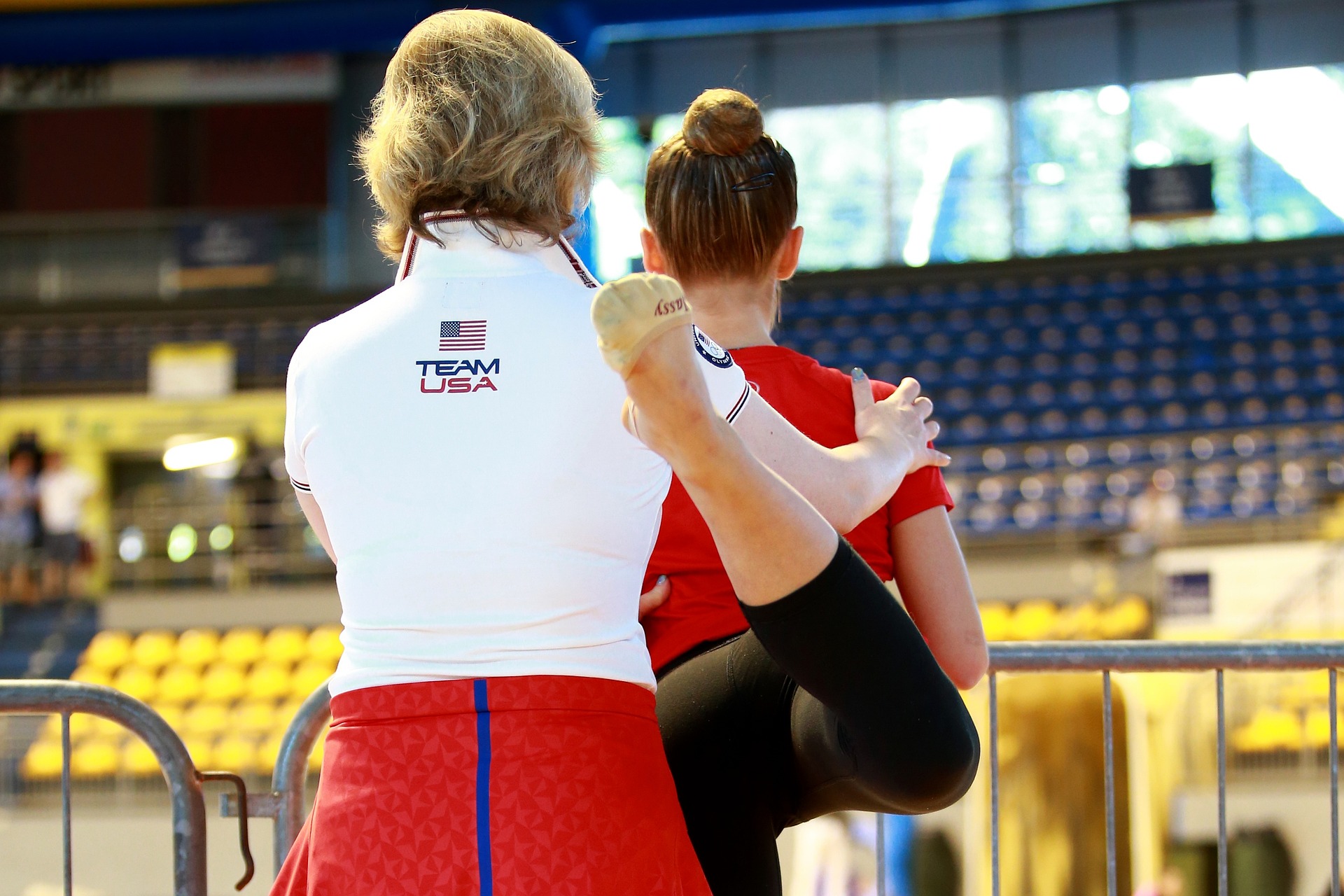Breaking Barriers: The Rise of Mixed Martial Arts (MMA) on the Global Stage
A sport that was once considered too brutal and niche for mainstream acceptance, Mixed Martial Arts (MMA) has evolved into a global phenomenon. With its roots deeply embedded in the ancient combat traditions of various cultures, MMA has transformed into a sport that celebrates skill, discipline, and the human spirit's resilience. This article offers a detailed exploration of the rise of MMA as a global sport, its unique training methodologies, and the challenges it faces.

From Obscurity to Limelight: The Journey of MMA
MMA combines elements from various martial arts disciplines, including Brazilian Jiu-Jitsu, Wrestling, Boxing, and Muay Thai. Its origins can be traced back to the ancient Olympic Games where a combat sport called Pankration was featured. However, the contemporary form of MMA started gaining popularity in the late 20th century. Early competitions were often brutal and lacked proper regulation, causing significant controversy. However, continuous efforts from organizations like the Ultimate Fighting Championship (UFC) transformed the sport, introducing rules and weight classes to ensure fighters’ safety.
The Unique Training Regime of MMA Fighters
Training for MMA is a rigorous process that requires a unique blend of strength, endurance, agility, and flexibility. MMA fighters must master various martial arts disciplines and develop the ability to seamlessly transition between them during a fight. They also undergo intense strength and conditioning sessions to build their stamina and resilience. However, this training regime poses challenges—overtraining can lead to injuries, and managing weight for specific weight classes can sometimes lead to unhealthy practices.
The Challenges in the Path of MMA’s Global Acceptance
Despite its growing popularity, MMA still faces challenges on its path to mainstream acceptance. The brutal nature of the sport often attracts criticism. Some argue that it promotes violence, while others express concerns about the fighters’ safety. Additionally, despite improvements in regulations, fighters face risks associated with weight-cutting and brain injuries.
The Impact of MMA on Society
MMA’s rise as a global sport has had profound societal effects. It has shattered stereotypes about martial arts, proving that they are not just about violence but about discipline, respect, and self-improvement. It has also provided a platform for athletes from various backgrounds to showcase their skills on a global stage.
The Future of MMA
The future of MMA looks promising. With organizations like UFC continuously working to improve safety regulations and promote the sport, MMA is set to attract a larger audience. The sport’s appeal lies in its unpredictability and the sheer display of human potential, making it a thrilling spectacle for viewers worldwide.
MMA’s journey from obscurity to the global stage is a testament to the human spirit’s resilience. Despite facing criticism and challenges, the sport has managed to carve out a niche for itself, celebrating the raw and primal aspect of human competition while highlighting the importance of discipline, skill, and respect. As MMA continues to evolve, it will undoubtedly contribute more to the world of sports, offering new insights and inspiring countless athletes and enthusiasts worldwide.




